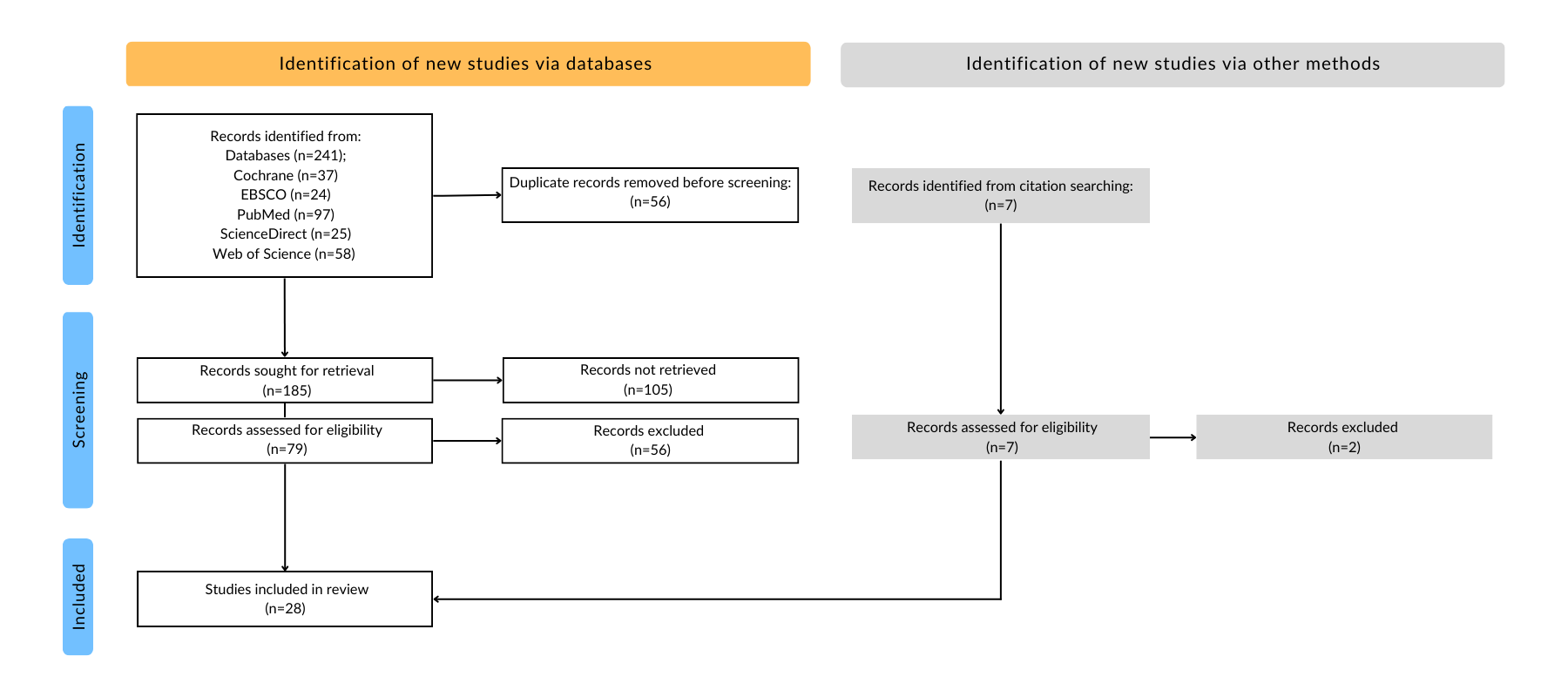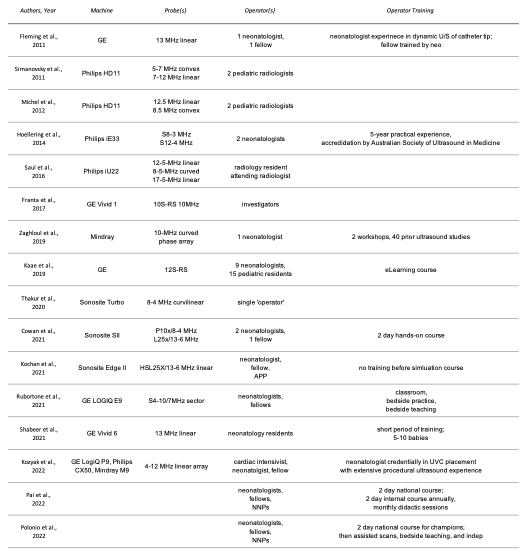Neonatal General
Neonatal General 11
79 - Point-of-Care Ultrasound for Umbilical Central Lines: A Systematic Approach to Current Implementation
Monday, May 1, 2023
9:30 AM - 11:30 AM ET
Poster Number: 79
Publication Number: 79.43
Publication Number: 79.43
Nicholas M.. Heitkamp, Eastern Virginia Medical School, Norfolk, VA, United States; Kaitlin M. Ryan-smith, Children's Hospital of The King's Daughters, Norfolk, VA, United States; Adam S. Bauer, University of Wisconsin School of Medicine and Public Health, MADISON, WI, United States

Nicholas M. Heitkamp, MD, MSc (he/him/his)
Resident physician
Eastern Virginia Medical School
Norfolk, Virginia, United States
Presenting Author(s)
Background: The use of point-of-care ultrasound (POCUS) for umbilical central line (UCL) placement in neonatal intensive care units (NICUs) continues to be a newly introduced and forthcoming procedure nationwide. Narrative review articles and primary research have been intermittently conducted over the past 2 decades. However, in 2021 and 2022, there was a disproportionately large increase in published literature compared to previous years. As this technique becomes more widely adopted, a systematic review of its implementation is needed.
Objective: The objective of this project is to perform a systematic review of literature regarding the use of POCUS for UCL placement in the NICU setting. Variables to be evaluated include operators, machines, probes, and training methods.
Design/Methods: Portions of the PRISMA method were used for review of the literature. 5 databases were reviewed using 11 search phrases. Only records since 2010 were sought for review. 1 author reviewed the records. A PRISMA flow sheet was created (Image 1).
Results: Of the 241 papers identified, 28 were included for final review. 16 were primary prospective research articles included in Table 1. Image 2 demonstrates that half of the articles were published since 2020. GE POCUS machines were used 38% of the time. Of the total operators in the reviewed articles, neonatologists accounted for 38% and neonatology fellows made up an additional 24%. The most commonly cited methods of training were an organized POCUS course (19%) and classroom/workshop style learning (19%).
Conclusion(s): The use of POCUS for UCL placement in the NICU has been increasingly investigated since 2020, mostly at large academic institutions. The companies GE and Philips occupy the majority of POCUS technology used though it is unclear at this time if a superior machine exists. The most common operators were neonatologists or neonatal fellows likely due to their dedicated time in the unit and inherent experience with UCLs. Most significant is that a small minority of operator training was associated with an organized course. This alludes to the largest and most commonly cited barrier which is lack of adequate training. Further research is needed to identify which learning didactic best trains neonatal providers for the use of POCUS in UCL placement and which machine and probes are best.


.png)
